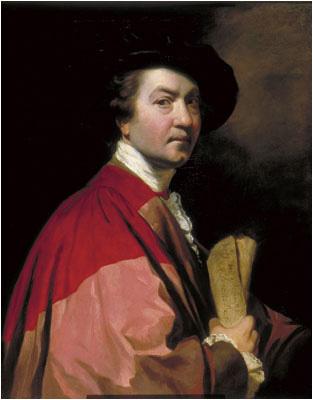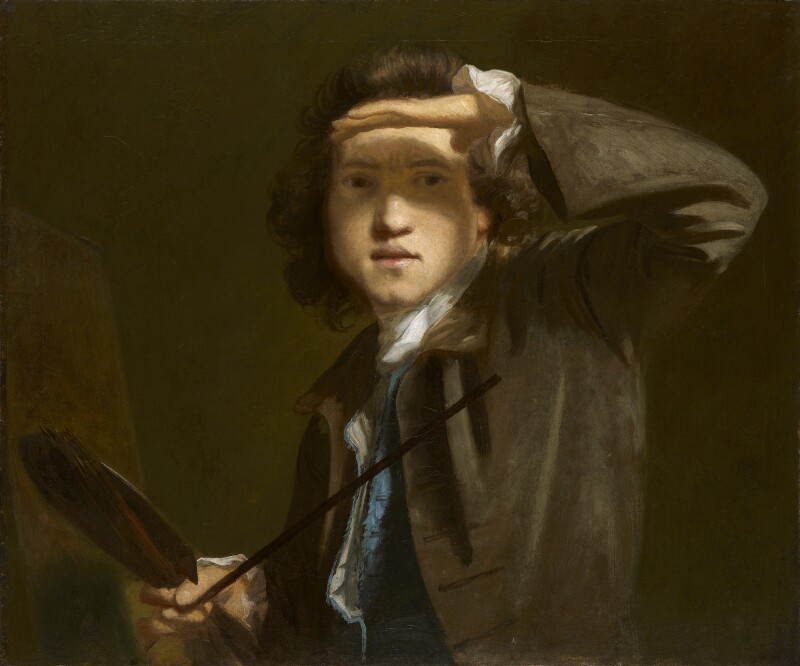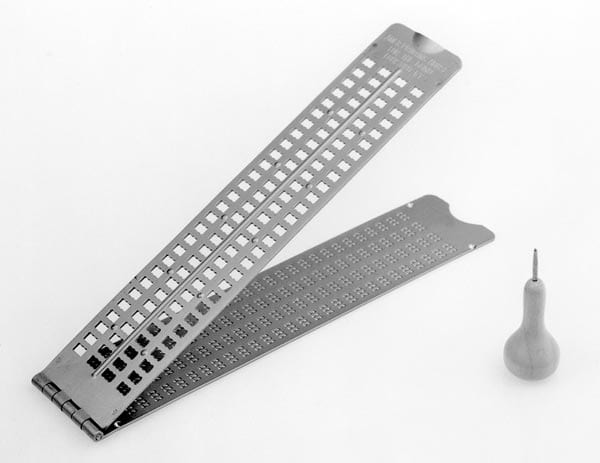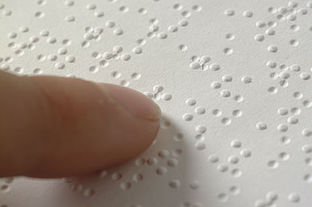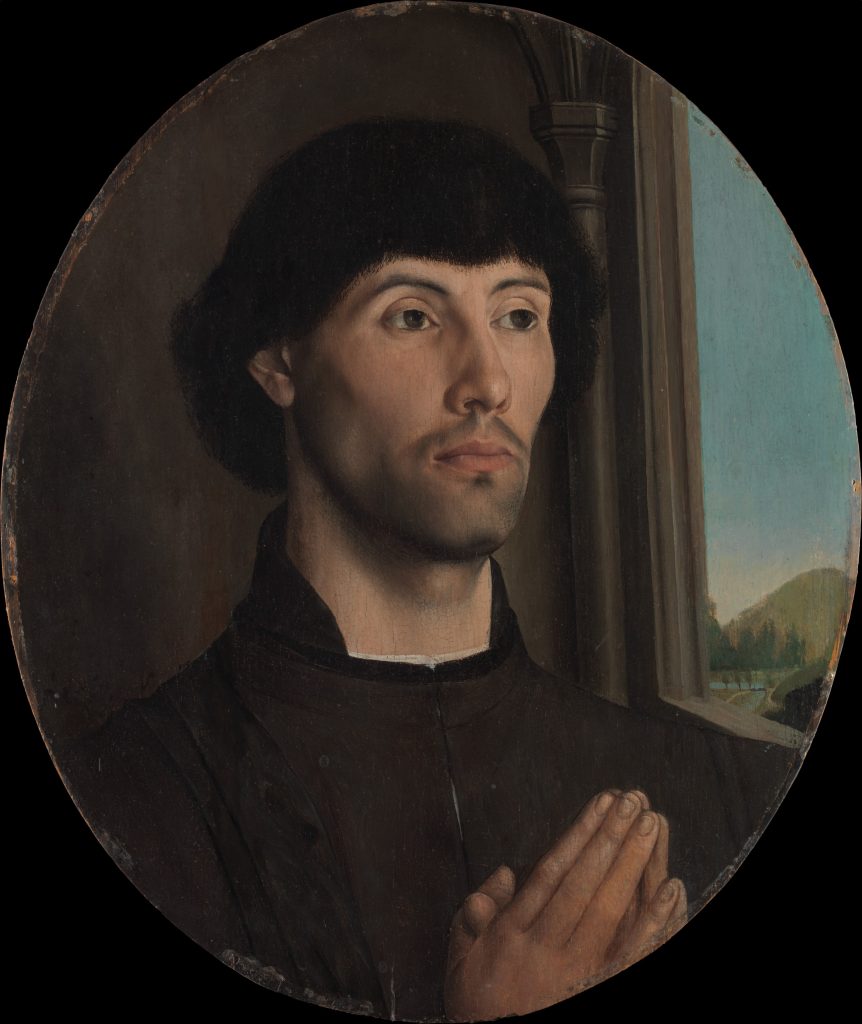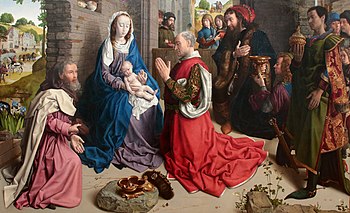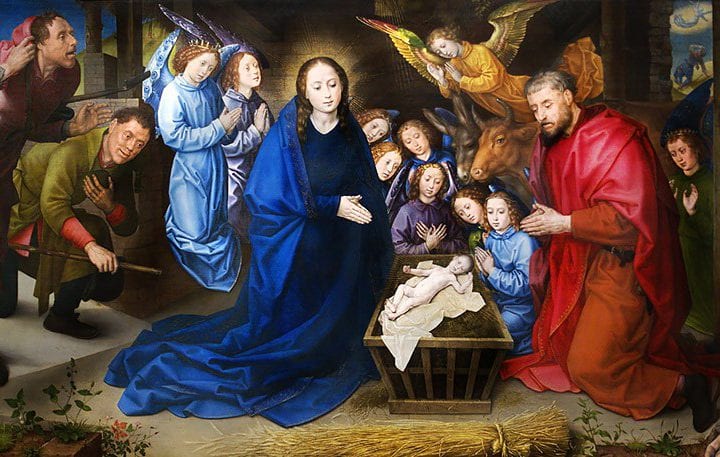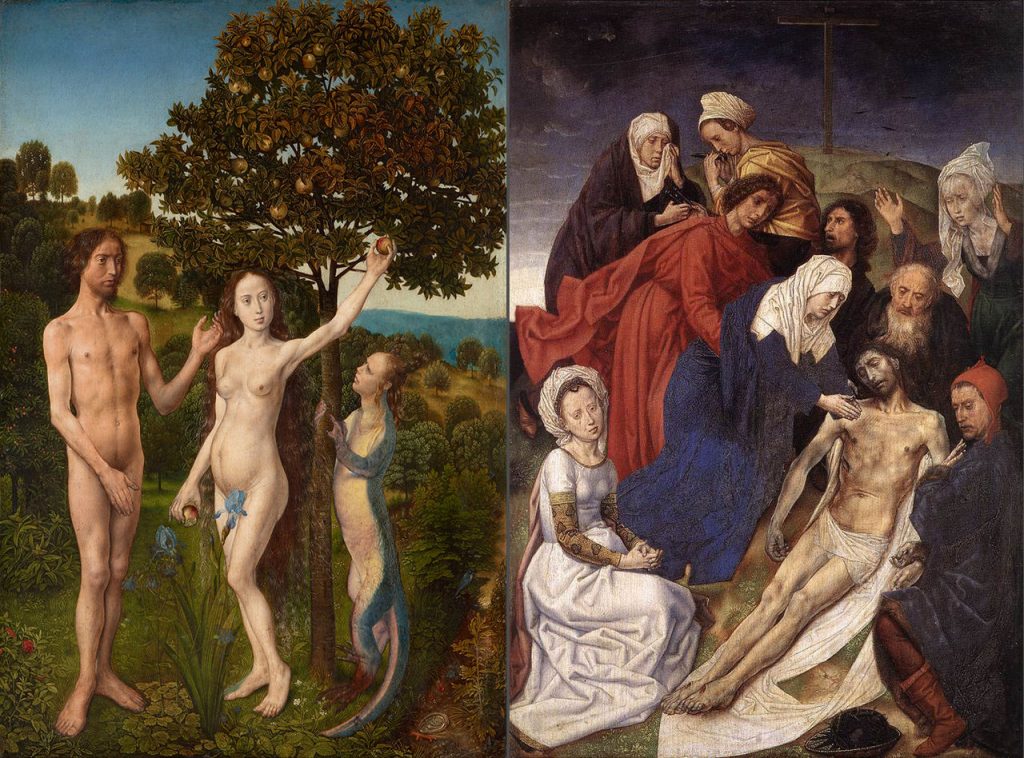The part of the lesson I found most fascinating was the invention of the printing press and Johannes Gutenburg.
Books laid the foundation of our society, they allowed us to spread knowledge, track historical events, and teach lessons through stories. We wouldn’t be where we are today without them. Gutenburg, with the invention of the printing press made knowledge accessible. People were able to read the bible themselves and decide on their faith without the watered-down interpretations of the church in their way for instance. Previously books were hundreds of dollars each and had to be made one by one, sometimes taking years to create, now you could make hundreds, or even thousands of copies of the same book, and you could even hire illuminators to make the books just as beautiful as something hand written.
In 1445 the demand for books was high, people wanted something affordable and uniform. This demand went hand in hand with the first ever universities. More and more people were literate and wanted to use this to their advantage. Gutenburg saw an opportunity and had a world changing idea.
He found financial backers and began prototyping. By 1450 he had invented the Gutenburg press. It worked by carving out individual letters, punctuation, and ligatures, pressing those into a soft copper block, then, using a hand casting tool also invented by Gutenburg, casting the letters into lead. These lead pieces were then organized into a mirror image of the desired page, covered in ink and pressed onto the pages. Once a page was organized it could be used repeatedly to produce copies of the same page.
The first things printed by Gutenburg were small official documents and decrees, but it didn’t take him long to take on much more ambitious projects. He spent months creating copies of the Lain bible, having them illustrated and selling them. It is one of the most important books in history to this day because of the innovation of Gutenburg.
Finally, books were available for ordinary people and reading and education were no longer exclusively for the super-wealthy.
